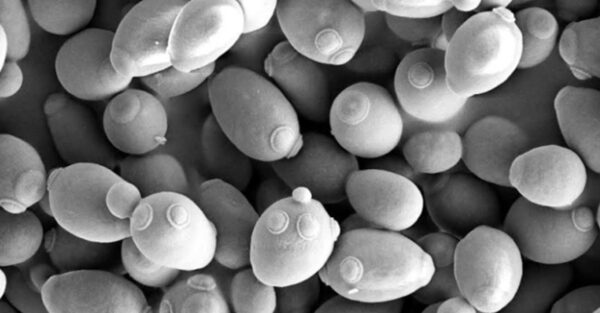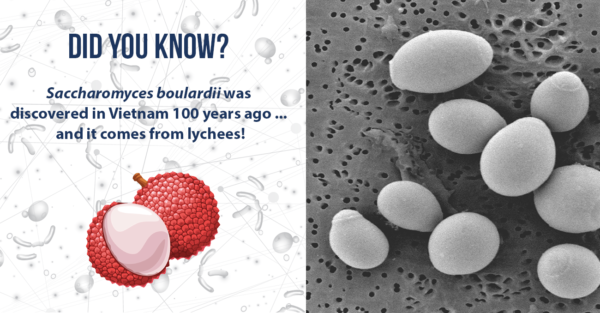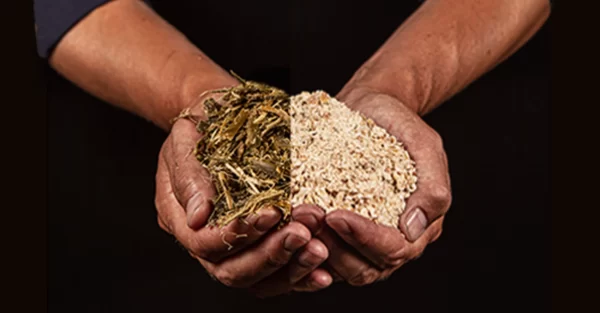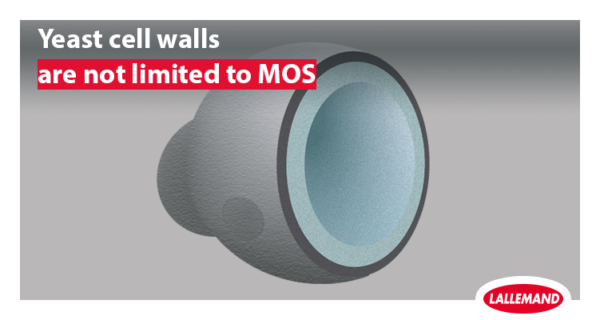Blog | Reading Time 2 minutes
Harnessing the potential of next generation yeast derivatives for aquaculture
Yeast-based products hold promise for advanced aquaculture nutrition. During the International Symposium on Fish Nutrition and Feeding (ISFNF) that took place June 5-9 in Sorrento, Italy, two studies co-authored by Lallemand Animal Nutrition’s scientists illustrate this potential. Here is a short preview.
Assessing the immune effects of different yeast cell wall fractions
A study conducted in partnership with Mark Rowling from the University of Plymouth1 described innovative use of an in vivo vertebrate model, namely the zebra fish, to screen different yeast cell walls (YCW) products for their immune modulation power on the host. The team assessed the effect of yeast cell walls on mucosal immune response. Four different yeast derivatives were evaluated, all from Saccharomyces cerevisiae yeasts. This confirmed the hypothesis that the immune effects of YCW may differ according to their biochemical, bioactive and morpho-functional properties. The four yeast derivatives elicited contrasted mucosal and innate immune responses at the animal level. According to the researchers, this study opens the way to a greater understanding, and to the targeted application, of YCW in supporting animal health and welfare.
Searching for new functional ingredients for resilient salmon
The second study presented was conducted in partnership with the Norwegian University of Life Sciences (NMBU) as part of the “Resilient salmon project” led by NMBU. The goal was to evaluate the potential of a non-Saccharomyces yeast as a candidate for functional salmon feed under a Moritella viscosa challenge. The study is very promising, showing in vitro immune activity of the hydrolyzed yeast. This was further validated in vivo following a natural outbreak of Moritella viscosa in vaccinated salmon, where the functional feed increased specific antibodies by 14%. The team is now further investigating the yeast derivative’s ability to induce trained immunity in fish, with a view to achieve more robust and resilient Atlantic salmon against multi-stressor conditions.
Both these studies can potentially help develop the next generation of yeast derivatives for healthy aquaculture.
- Rawling M., Schiavone M., Leclercq E., Apper E., Castex M., Foey A. 2022. Distinct yeast cell wall from Saccharomyces cerevisiae elicits contrasted innate immune and mucosal tissue responses – a zebrafish screening model XX International Symposium on Fish Nutrition and Feeding, Sorrento, Italy
-
Morales-Lange B., Hansen J. Ø., Djordjevic B. et al. 2022. Inclusion of a hydrolyzed Debaryomyces hansenii-based product in functional feeds for Atlantic salmon: From the in vitro model to a Moritella viscosa outbreak in seawater. XX International Symposium on Fish Nutrition and Feeding, Sorrento, Italy
Published Jun 8, 2022
Related articles
Need specific information?
Talk to an expert


